STOP THERMOCOUPLE ERRORS…
by understanding how they work. TC’s are a reliable and inexpensive means of monitoring EGT during dyno testing. Yet, through seemingly innocent setup mistakes, it’s possible to skew their accuracy – inviting erroneous tuning decisions.
In 1821 Thomas Seebeck discovered that when a conductor (i.e. metal wire) is exposed to an end-to-end temperature change, it generates a tiny voltage. However measuring this voltage requires a junction from that wire to a meter (or DAQ), and both wires feel the same temperature differential, causing an inverse (canceling) voltage. The solution? A “thermocouple” junction using a dissimilar metal, one outputting different (non-canceling) volts per degree – leaving a signal to read.
A TC’s junction metals determine its voltage curve and “type”” The DYNOmite’s Type-K TC is Ni-Cr and Ni-Al alloy – generating about 0.022 Millivolts per Deg. F. with a working range to 2,200 degrees. Note: Substituting types requires custom gains and linearization. A TC’s voltage represents the temperature differential between its wires’ hot and cold ends. So, absolute readings requires knowing the cold junction’s temperature too. Lock that junction’s temperature (ice bath or fixed room temperature) and an offset calibrates the reading.
However, if a junction will experience large temperature changes within the dyno cell, then that junction’s temperature must be monitored and software offset compensated. The simplest thing is to keep the cold junction in a fixed 70 degree operator control room. If that requires extending the thermocouples leads, use only Type-K thermocouple wire and connectors. This avoids inducing new voltage generating junctions where the copper extension wires meet the Ni-Cr and Ni-Al metals.
When terminating the cold junction in an unstable temperature environment, use DYNO-MAX’s “User EGT Cold Junction Offset” formula to monitor temps and compensate. Contact DYNOmite Dyno‘s tech support for more information on using this EGT Cold Junction Offset” formula.
